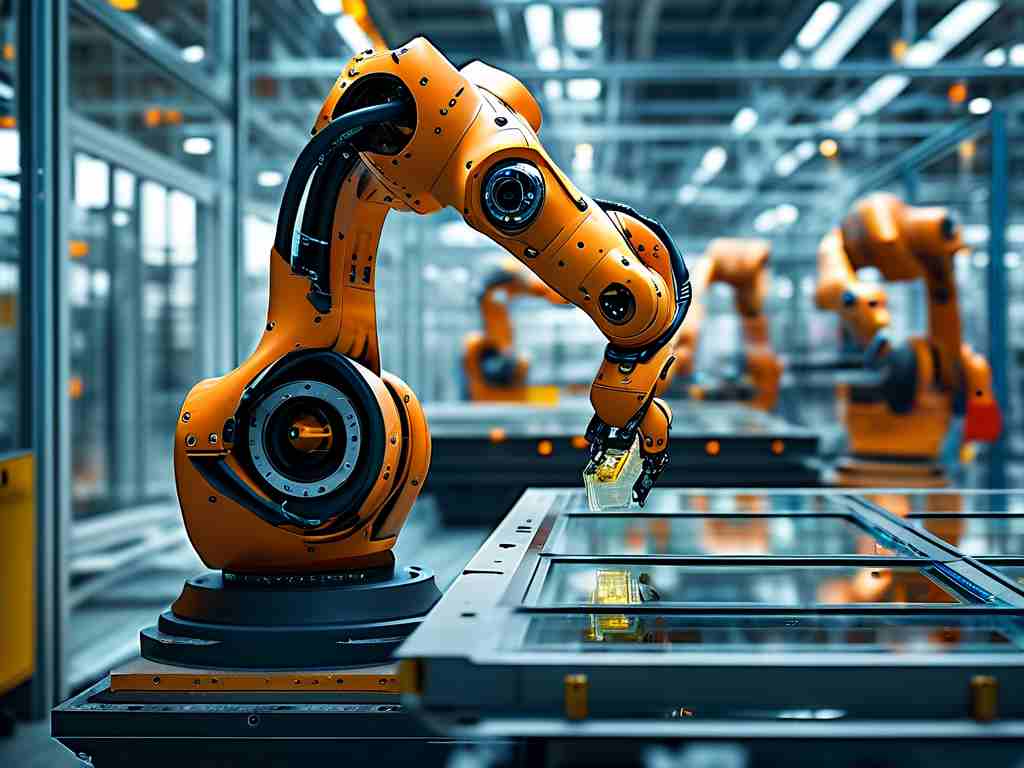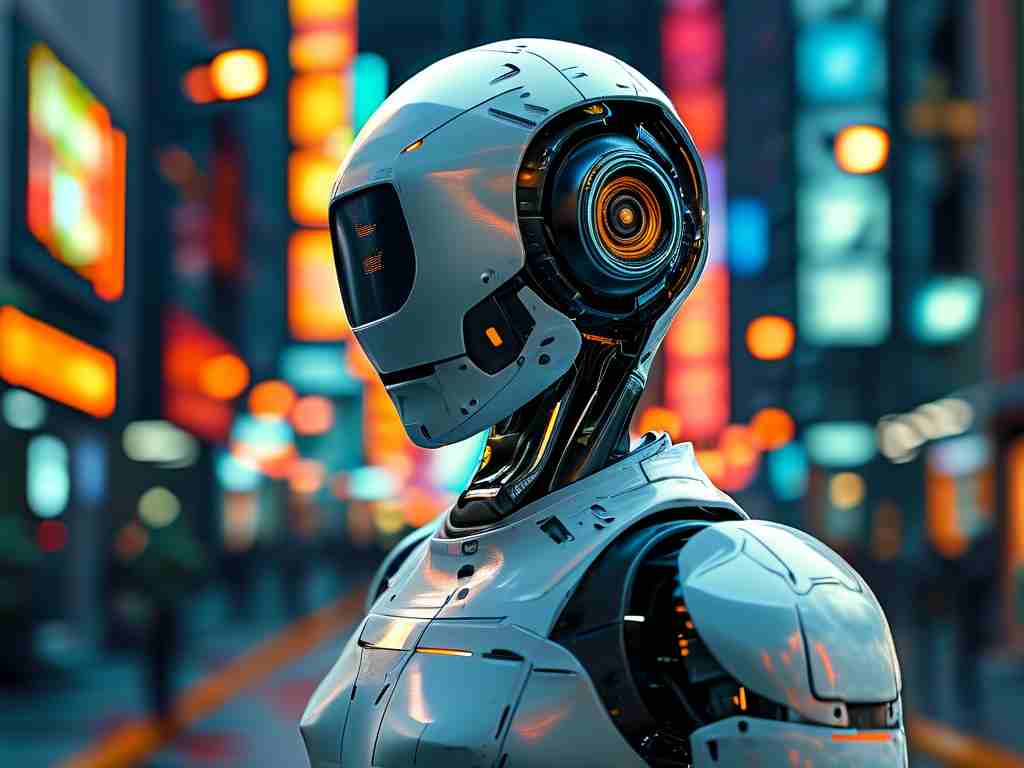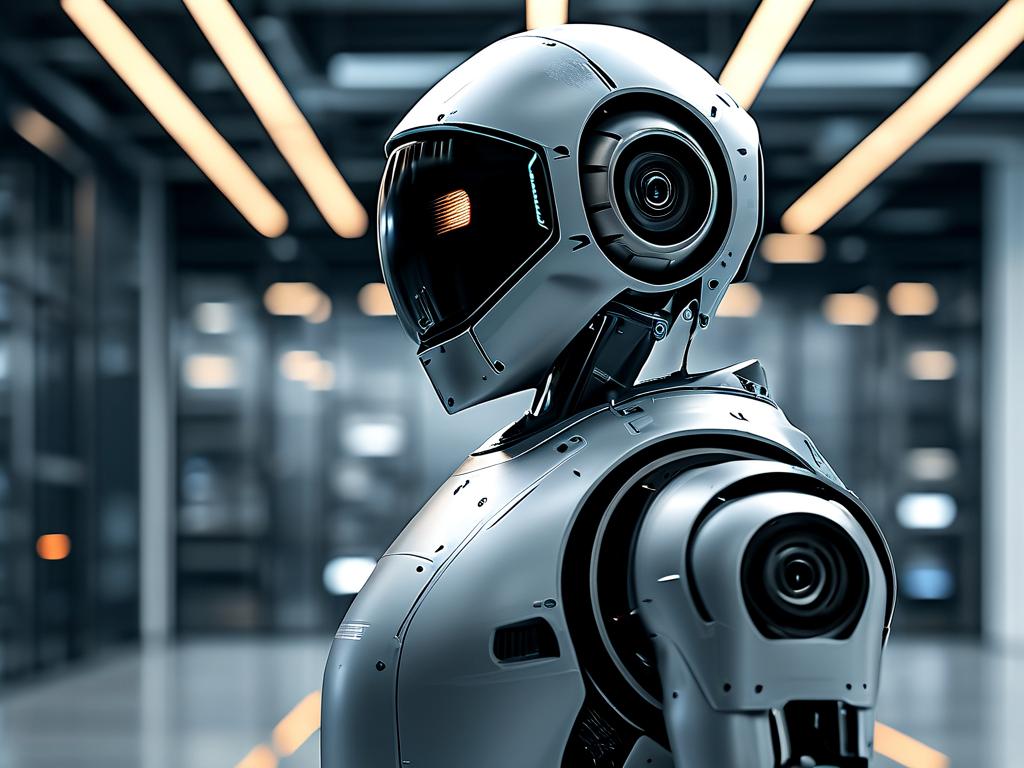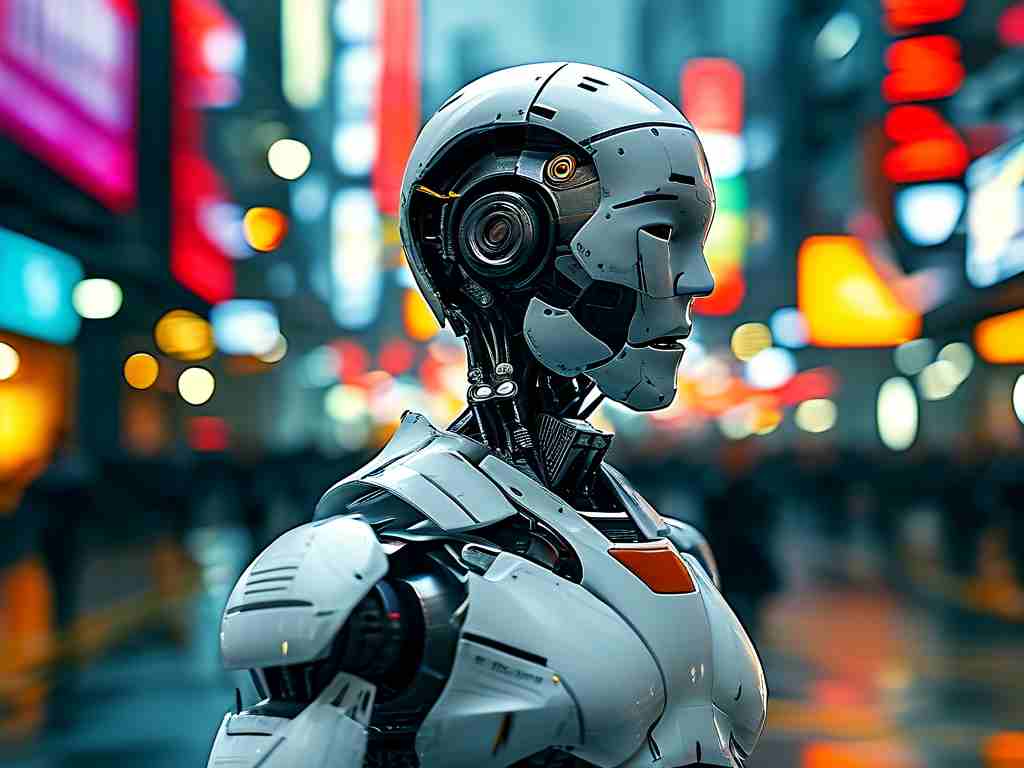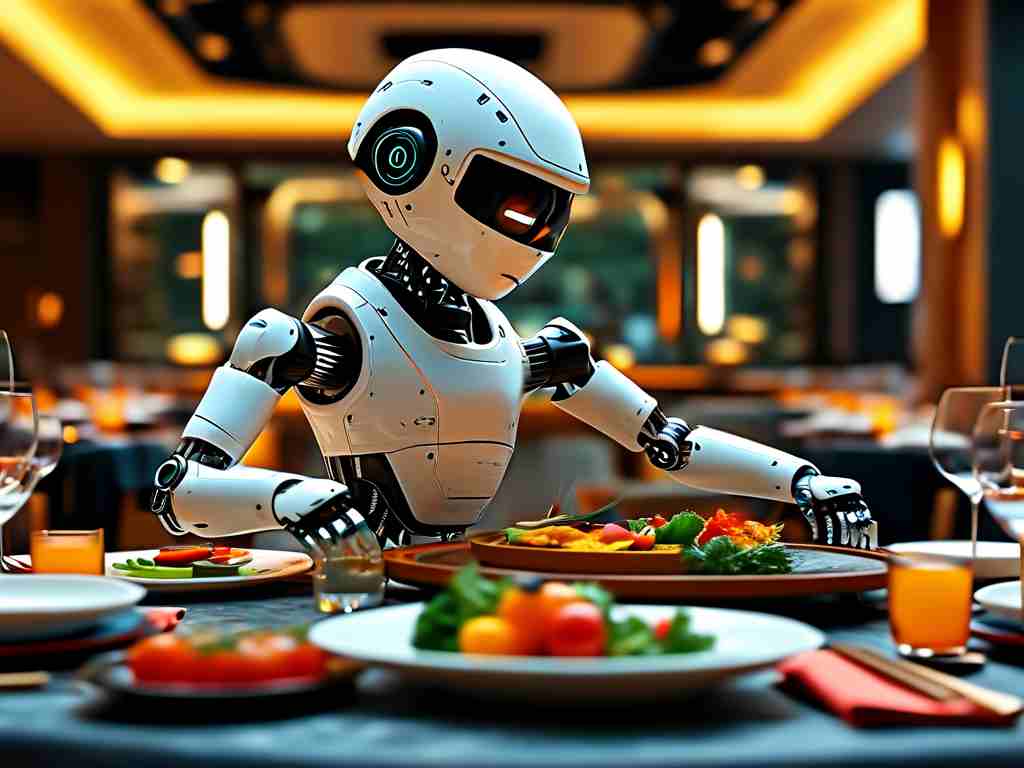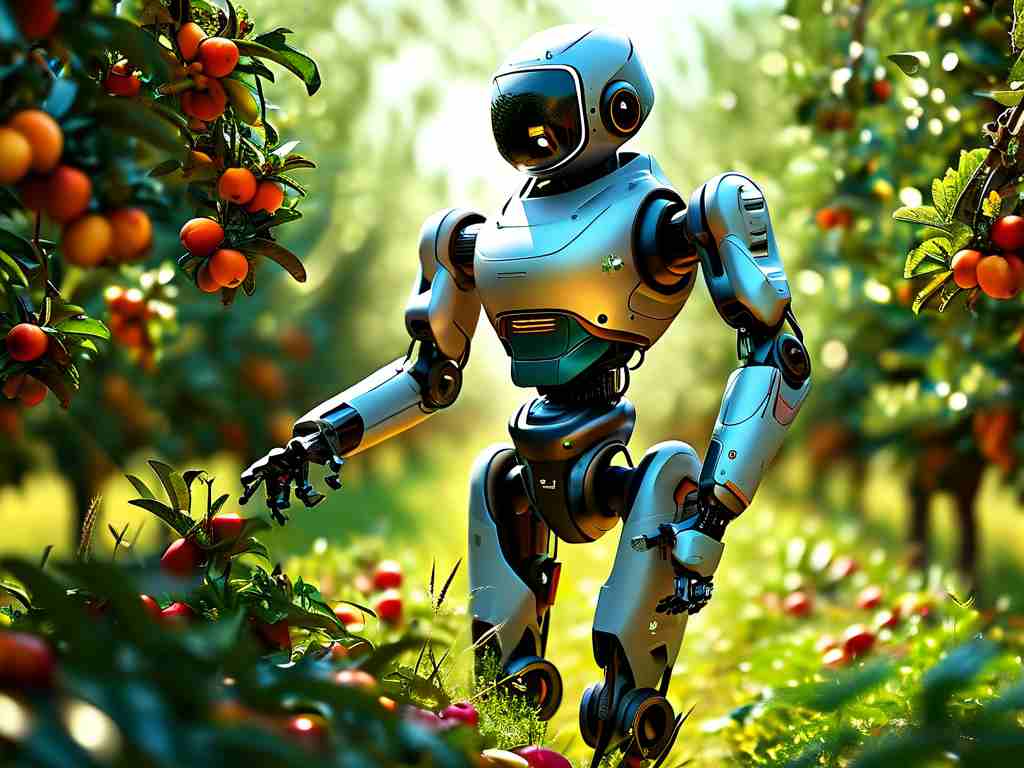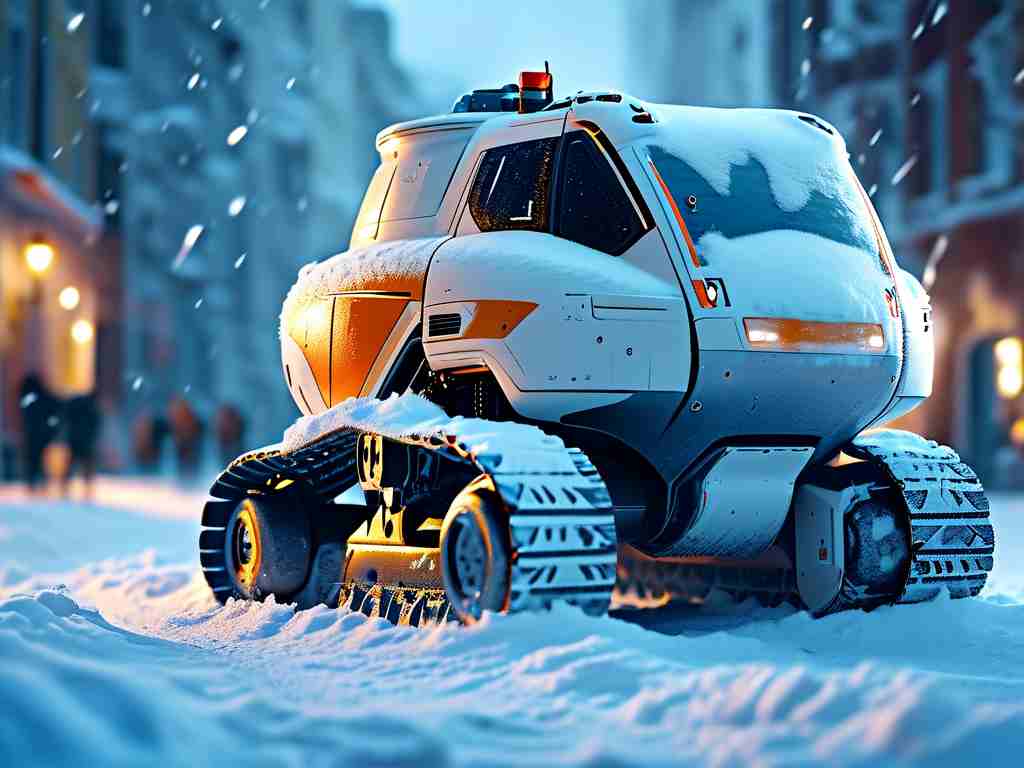Sony Corporation has long been a pioneer in merging cutting-edge technology with consumer-centric design, and its advancements in robotics are no exception. This article explores the core innovations driving Sony’s robotics projects, their real-world applications, and the future implications of these technologies.
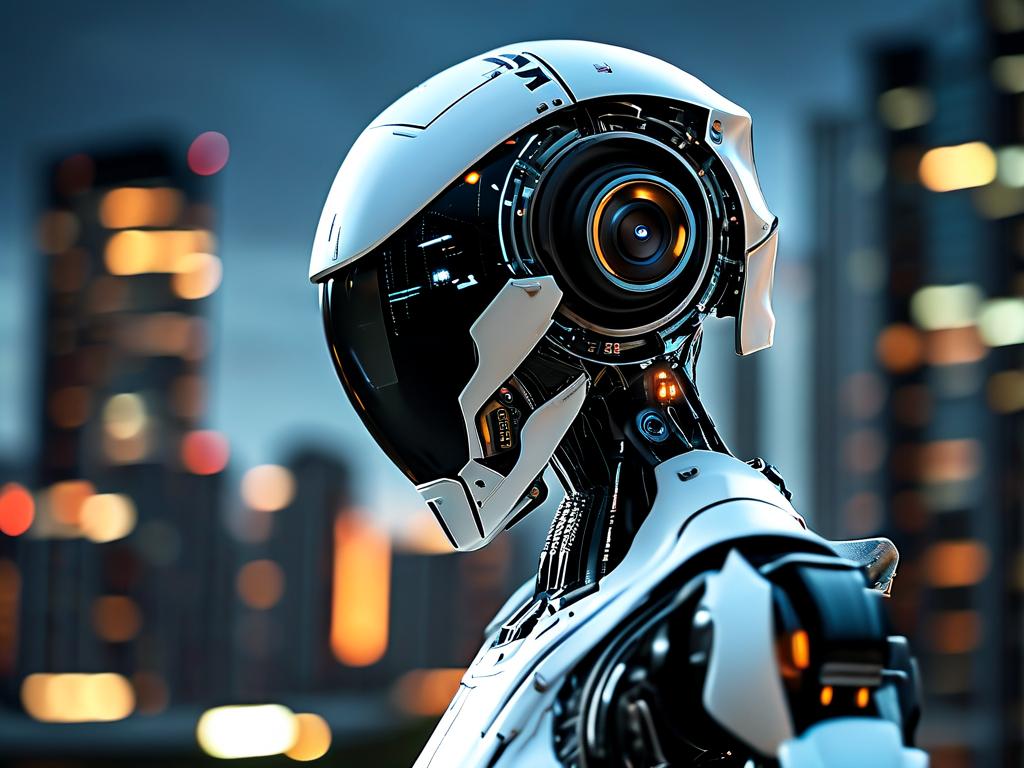
The Evolution of Sony’s Robotics Vision
Sony’s journey into robotics began in the late 1990s with the of AIBO, a robotic dog designed to mimic pet-like behavior. While initially marketed as a companion, AIBO laid the groundwork for Sony’s exploration of autonomous systems, sensor integration, and human-robot interaction. Over the past two decades, the company has expanded its focus to include industrial automation, healthcare assistance, and entertainment robotics, driven by advancements in artificial intelligence (AI), machine learning, and precision engineering.
Core Technologies Powering Sony’s Robots
-
Sensor Fusion and Environmental Awareness
Sony’s robots leverage a combination of LiDAR, cameras, and inertial measurement units (IMUs) to navigate complex environments. For instance, their latest collaborative robots (cobots) use real-time data processing to avoid obstacles while working alongside humans in factory settings. This multi-sensor approach ensures adaptability in dynamic scenarios, from cluttered warehouses to interactive public spaces. -
AI-Driven Behavior Models
At the heart of Sony’s robotics is its proprietary AI framework, which enables machines to learn from interactions. The “Emotion Engine” integrated into newer AIBO models analyzes voice tones, gestures, and contextual cues to simulate emotional responses. Similarly, industrial robots utilize reinforcement learning to optimize tasks like object sorting or assembly line adjustments without explicit programming. -
Compact Actuation Systems
Sony’s expertise in miniaturization shines in its robotic actuators. The company’s micro-gear systems and brushless motors deliver high torque in compact form factors, enabling precise movements in devices as small as drone-mounted cameras or as large as humanoid service robots. These components are critical for applications requiring both power and subtlety, such as surgical assistance or delicate manufacturing processes.
Applications Across Industries
Sony’s robotics portfolio spans multiple sectors:
- Entertainment: Beyond AIBO, projects like the “Hello Play!” initiative use robots as interactive storytellers in theme parks, blending voice recognition with expressive motion.
- Healthcare: Prototypes like the “Nurse-Assist Bot” demonstrate capabilities in patient monitoring and medication delivery, using UV-C lighting for onboard sterilization.
- Industrial: Collaborative robots equipped with Sony’s image sensors perform quality control in electronics manufacturing, detecting sub-millimeter defects in circuit boards.
Challenges and Ethical Considerations
Despite breakthroughs, Sony faces hurdles in scaling robotics solutions. Public skepticism about data privacy persists, particularly for companion robots that collect personal interaction data. Additionally, the high cost of R&D has limited mass-market adoption of advanced models. The company addresses these issues through transparent data policies and partnerships with third-party developers to create modular, cost-effective platforms.
The Road Ahead
Sony recently unveiled plans to integrate quantum computing research into its robotics division, aiming to solve complex pathfinding and optimization problems. Another focus is energy efficiency; prototypes using solid-state batteries achieve 40% longer operational times compared to conventional lithium-ion systems. With open-source SDKs for developers, Sony is positioning its robotics ecosystem as a hub for innovation, inviting startups and researchers to build atop its foundational technologies.
In , Sony’s robotics advancements reflect a balanced fusion of ambition and practicality. By prioritizing adaptive intelligence, user safety, and cross-industry relevance, the company continues to redefine how humans and machines coexist. As these technologies mature, they promise not only to enhance productivity but also to reshape social interactions in an increasingly automated world.



